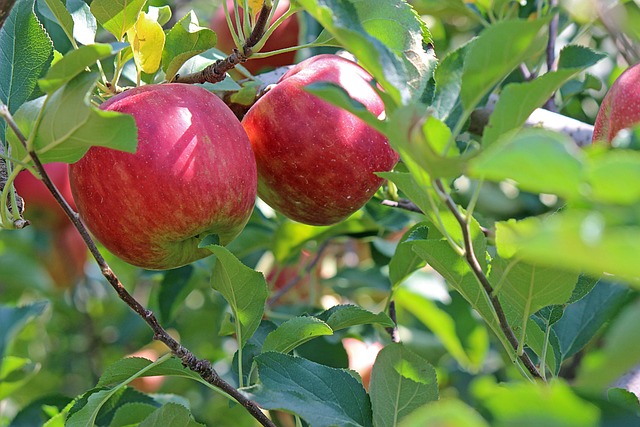Plano, TX, strictly regulates tree removal through permits from the Urban Planning Department to protect its urban forest. Dead or diseased trees pose safety risks and attract pests, necessitating professional removal by licensed arborists when showing signs of decay or structural issues. Skilled Plano TX tree removal services assess, safely remove, and grind stumps, prioritizing property protection and environmental conservation.
In Plano, Texas, proper tree care is essential for maintaining a healthy urban landscape. This guide explores the critical aspects of dead tree removal in Plano TX, offering insights into navigating local regulations, identifying problematic trees, and employing safe techniques. Understanding when and how to remove dead or diseased trees is vital for both property safety and environmental preservation. Learn expert tips for efficient Plano TX tree removal.
- Understanding Tree Removal Regulations in Plano TX
- When Is the Right Time to Remove a Dead Tree?
- Identifying Signs of Dead or Diseased Trees
- Safe and Efficient Dead Tree Removal Techniques
Understanding Tree Removal Regulations in Plano TX

Plano, TX, has specific regulations surrounding tree removal, aiming to preserve the city’s vibrant urban forest. Before undertaking any tree-related work, it’s crucial to understand and adhere to these local ordinances. The first step is to check with the City of Plano’s Department of Urban Planning and Development to determine if a permit is required for tree removal. This process ensures that you’re aware of any restrictions or guidelines specific to your property and the types of trees involved.
Tree removal permits in Plano TX are often necessary for larger, mature trees and those located within certain zones, such as near water bodies or in historic districts. The regulations are designed to protect both the environment and neighborhood aesthetics. Proper documentation and inspections may be required before and after tree removal to ensure compliance with these regulations, so it’s essential to plan accordingly.
When Is the Right Time to Remove a Dead Tree?

The right time to remove a dead tree in Plano, TX, is when it poses a potential risk to your property or safety. Dead trees can be a hazard as they are more susceptible to strong winds and storms, which could lead to branches breaking off and causing damage to nearby structures or even power lines. Additionally, deadwood provides an ideal habitat for pests and diseases that can spread to other healthy trees.
Regularly inspecting your property for dead or diseased trees is essential. If you notice a tree showing signs of decay, such as bare branches, discolored leaves, or unusual growth, it’s advisable to consult with a professional arborist in Plano TX tree removal services. They can assess the situation and recommend the best course of action, ensuring the safety of your home and surroundings while promoting a healthier urban forest.
Identifying Signs of Dead or Diseased Trees

In Plano, TX, dead tree removal isn’t just about aesthetics; it’s a crucial safety measure. Identifying a dead or diseased tree is essential before it poses a risk to your property and surrounding structures. Look for branches that are visibly dry, brittle, or hanging low—these could be signs of death or severe illness. Additionally, check for extensive cracks in the trunk, excessive leaf loss, or unusual growth patterns.
Trees with significant decay or weakness may exhibit uneven growth, with one side appearing healthier than the other. If you notice any of these indicators, consider contacting a professional Plano TX tree removal service. They have the expertise to safely assess and remove dead trees, ensuring your property remains secure and enhancing the overall health of your landscape.
Safe and Efficient Dead Tree Removal Techniques

Dead tree removal in Plano, TX, requires skilled professionals who employ safe and efficient techniques. The first step involves assessing the tree’s condition to determine if it can be saved or if removal is necessary. Tree experts use specialized equipment and climbing techniques to reach high branches without damaging surrounding structures or vegetation. Once the tree is secured, they carefully cut it into manageable sections, minimizing the risk of falling debris.
For larger trees, a strategic dissection approach is taken to ensure safe removal. This method involves guiding the tree’s fall in a controlled direction away from buildings, power lines, and other obstacles. After the tree is felled, stump grinding services are offered to remove the remaining root system and create a level landscape. These techniques prioritize safety, efficiency, and environmental conservation, making Plano TX tree removal services reliable and effective.
When it comes to dead tree removal in Plano, TX, understanding local regulations, recognizing signs of decay, and employing safe techniques are paramount. By knowing when and how to remove dead trees, homeowners can enhance their property’s safety, aesthetics, and value. Plano TX tree removal services offer expert solutions, ensuring a healthy and vibrant urban landscape for all residents.






